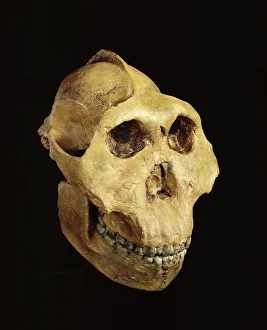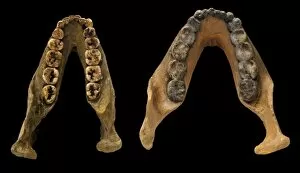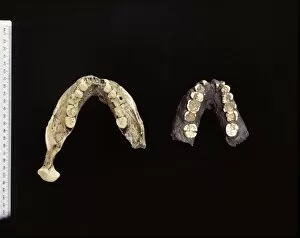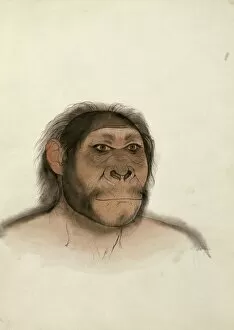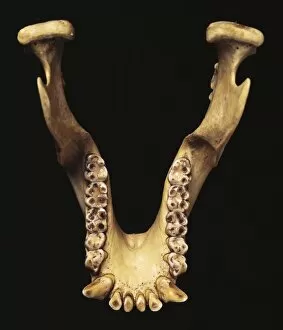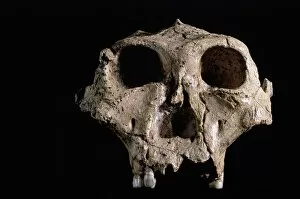Paranthropus Collection
"Unveiling the Enigmatic Paranthropus: A Glimpse into Our Ancestral Cousins" The Paranthropus boisei (Zinjanthropus) cranium (OH5
All Professionally Made to Order for Quick Shipping
"Unveiling the Enigmatic Paranthropus: A Glimpse into Our Ancestral Cousins" The Paranthropus boisei (Zinjanthropus) cranium (OH5): This remarkable fossil offers a rare insight into the cranial structure of our ancient relative, showcasing their robust features and unique adaptations. Skull aethiopicus: Discovering this skull provides crucial evidence for understanding the evolutionary path taken by these hominins, shedding light on their distinct characteristics and possible lifestyle. Lower jaw casts robustus (Swartkrans 23): Examining these casts allows us to analyze the powerful jaws and dental morphology that distinguished P. Robustus from other early human species. Paranthropus robustus cranium with perforations: These intriguing perforations found in the cranium raise questions about potential cultural practices or even symbolic behaviors within this enigmatic species. Paranthropus robustus cranium (SK46): Unearthed from South Africa's Swartkrans Cave, this well-preserved specimen showcases the unique cranial features that set P. Robustus apart from its contemporaries. Casts of Australopithecine boisei jaw bones: Comparing these casts with those of other related species enables scientists to unravel the complex evolutionary relationships between different members of the genus Paranthropu Paranthropu sboisei (Zinjanthropu s) cranium (OH5): OH5 is an iconic fossil representing P. boise iand providing valuable insights into their brain size, facial structure, and overall anatomy. Paranthopus boise i (based on OH5): Based on OH5's findings, we can reconstruct what P. boisemight have looked like - a sturdy hominin with a prominent face and powerful chewing muscles.

